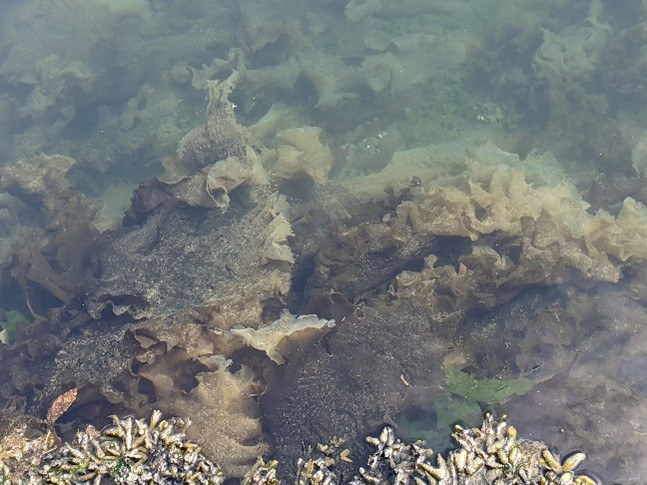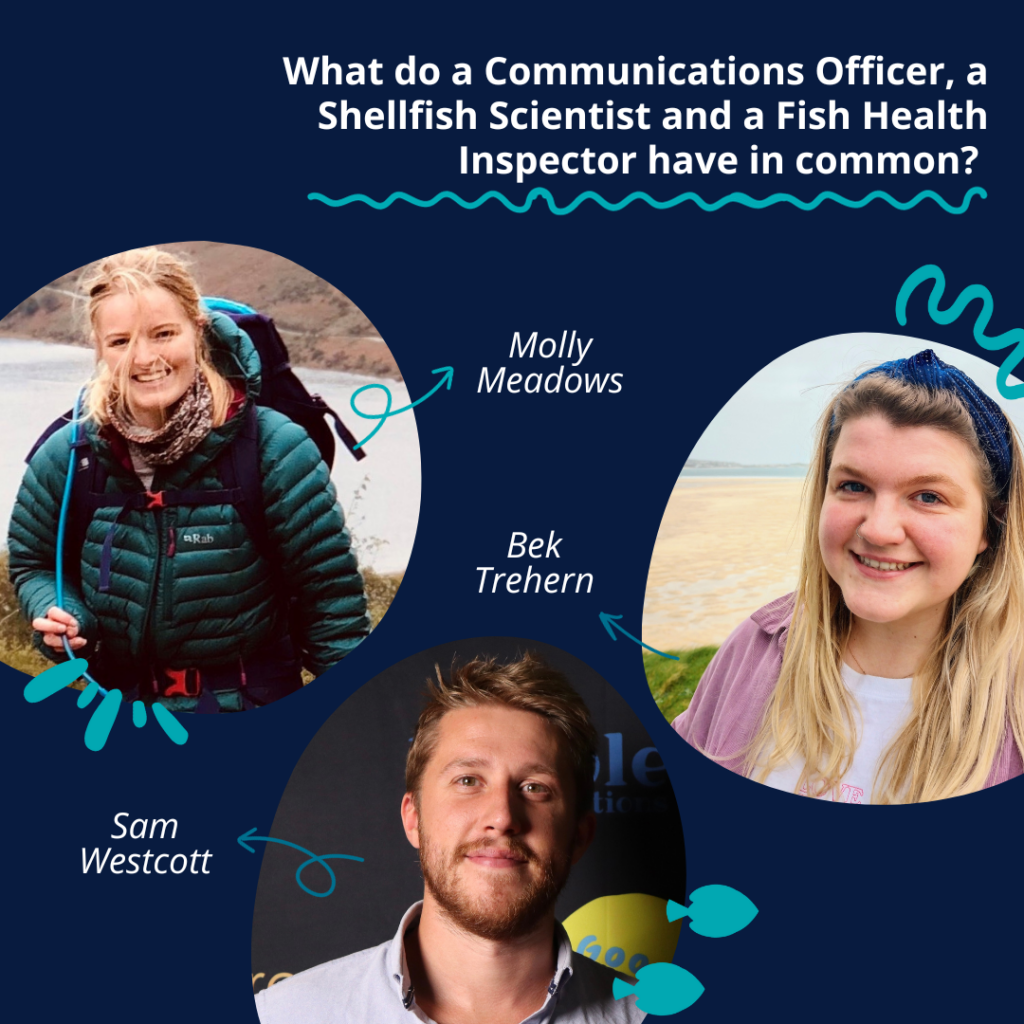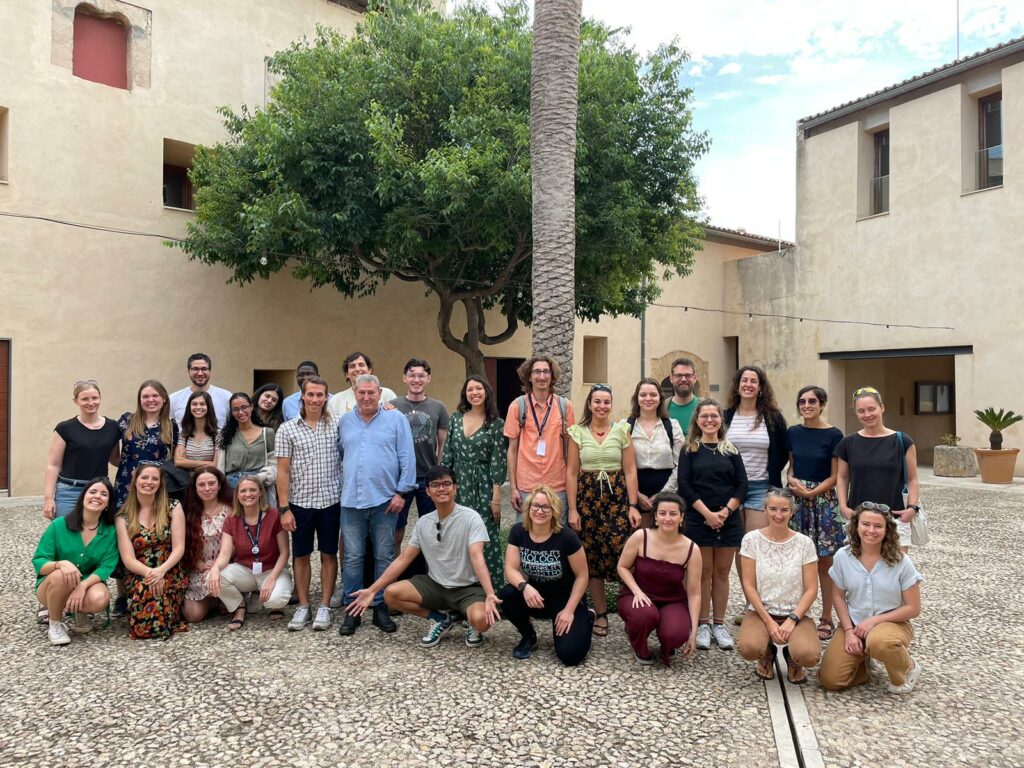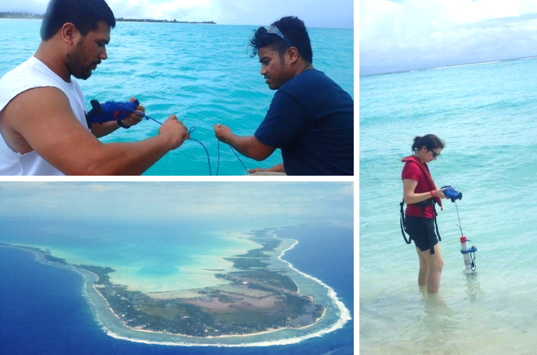Field Research
Every new industry or technology requires funding to survive, initially for research and development (R&D), developing processes and products, and then to scaling up to a viable business. A lot of the initial research is supported by public funding, which …
Answer: They all graduated from a Zoology degree at the University of Exeter in 2016! With the start of a new academic year, this time often comes with big decisions and a lot of uncertainty. Perhaps you’re making decisions on …
First things first, who am I? I'm James, an Offshore Fisheries Observer and team leader at Cefas. I have been doing the observer role for almost 4 years now, so I am very much an early career (fisheries) scientist. I …
This is the third in a series of short blogs focussing on Cefas’ fisheries science work in partnership with the fishing industry. Cefas Scientist, Jon Elson, who is responsible for the Cefas commercial catch sampling programme, is the next of …
This is the second in a series of short blogs focussing on Cefas’ fisheries science work in partnership with the fishing industry. Cefas Scientist, Rebecca Skirrow, who is the technical lead on Cefas’ Scientific Remote Electronic Monitoring (REM) Programme, is …
Cefas project lead, Dr Paul Whomersley: The oceans are rich and wondrous, hosting diverse wildlife and incredible species beneath the surface. But at a time when ocean resilience and productivity are declining, it is more important than ever to look …
To protect the health of our seas and oceans, we need to understand the level and impact of human pressures, such as fisheries, contaminants and eutrophication.
An underwater mountain double the height of the UK’s Ben Nevis has been added to a global map of the seafloor.
More than 2 years after Henderson Island was found to have the 'world's highest’ recorded density of plastic rubbish scientists returned for another research expedition last June
A group of scientists visited Tarawa, Kiribati, to carry out a vital water quality survey







